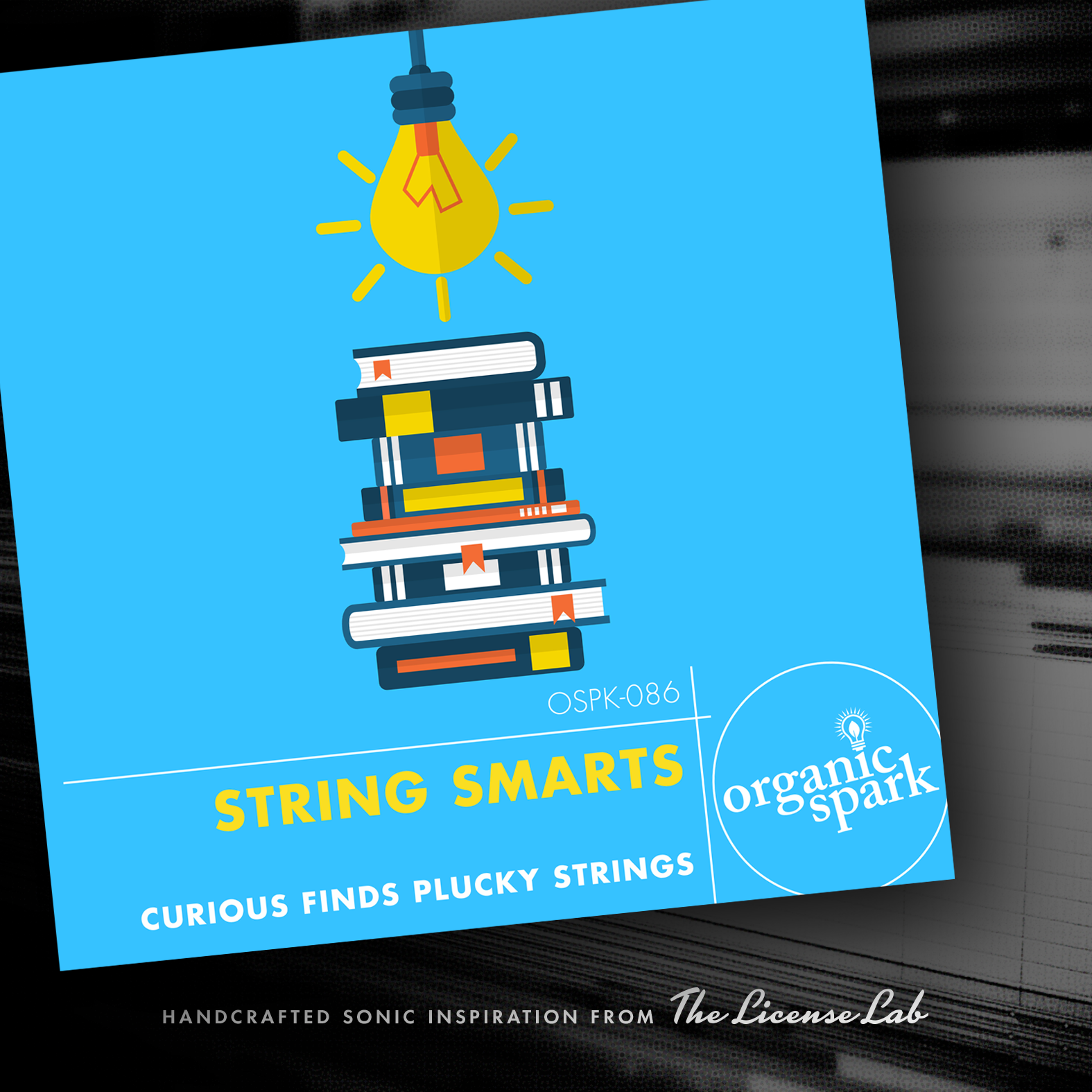Performance In Perspective
(4 min read)
Classical Music is not the sexiest of topics for many folks. Even if it makes you think of luxury vehicles or fragrances, the label often conjures images of aged white men in powdered wigs, posing in drab suits for pretentious portraits or worse… statues.
While none of these things are wrong, it paints an incomplete picture of a genre of music that is far more important and alive than it may seem. Widely celebrated in concert halls around the world, Classical Music is just as present in our everyday lives at weddings, graduation ceremonies, and of course a variety of commercial applications.
But don’t take our word for it. Cited by Universal Production Music UK in an analysis of top trends for 2023 in their LinkedIn Newsletter The Inside Track, Classical Music continues to be a sleeper hit:
“‘Classical’ is always a genre fighting for the top spot so it’s unsurprising to see ‘violin’ as our third most searched-for term with a 23% rise from last year.”
But why?
One major reason is the timeless and universal (pun intended) appeal of the music itself. Memorable melodies from luminaries like Bach and Beethoven seem to be programmed into our consciousness from birth, instantly recognizable and creating strong emotional connections. Even the “lesser-known” pieces are full of dramatic flair that can be used for anything from tongue in cheek car commercial chases to championship sports highlight reels.
There’s another massive, often overlooked factor when it comes to the impact and staying power of Classical Music. The performances.
Since most of us don’t head out for a night of opera or to watch a symphony orchestra every weekend, many people consume Classical Music through recordings. A blog post titled Classical Music: The Importance of Performance from Universal Production Music US explores the key elements that go into a quality recording: Arrangement & Production, Venue Selection, Real Instruments, and Performance.
They beautifully articulate the limits of tools like virtual instruments and the impact of humans, saying “… with space and depth at the core of much classical music, real analogue instruments in the hands of talented musicians are acoustically unmistakable.”
We couldn’t agree more. And though there is no denying the power of digital technology and the advancements made in software and VSTs, there is also no replacing the human touch. As with most tools, it’s about how you use them and why. When it comes to Classical Music, the choice is clear. We’ll close with this simple notion from that blog piece that sums it all up:
“Musicians make music, but they also make music.”
Universal’s expansive Classical library has plenty of examples, featuring collections to fit every mood and specialized labels. Within our own catalog, you will find original albums like Cinematic Orchestra (DAA-004) that utilizes the 78 piece orchestra of the City of Prague Philharmonic, or string performances from members of the Milwaukee Symphony Orchestra on Taking Flight (MOPM-046).
And to see these principles put into practice outside of the Classical Music umbrella, check out our Analog Champion label.




